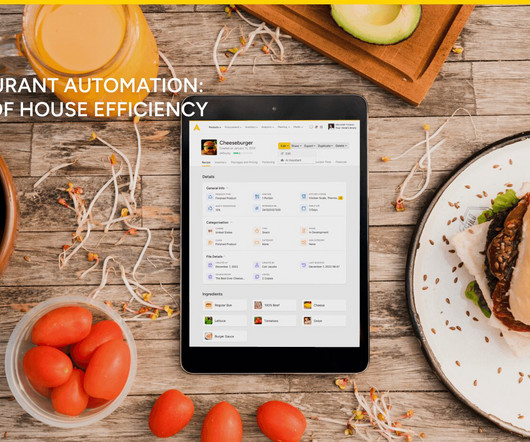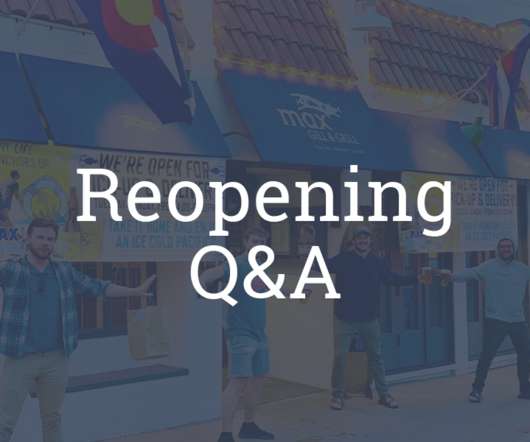Restaurant Automation: The Key to Back of House Efficiency
Apicbase
APRIL 5, 2024
Back of house (BOH) operations are complex and have many moving parts. Let’s examine how centralising your restaurant data using BOH management software saves time, reduces costs, and improves restaurant profit margins. Determine precise batch quantities based on actual demand, enabling more accurate food cost control and less waste.














Let's personalize your content